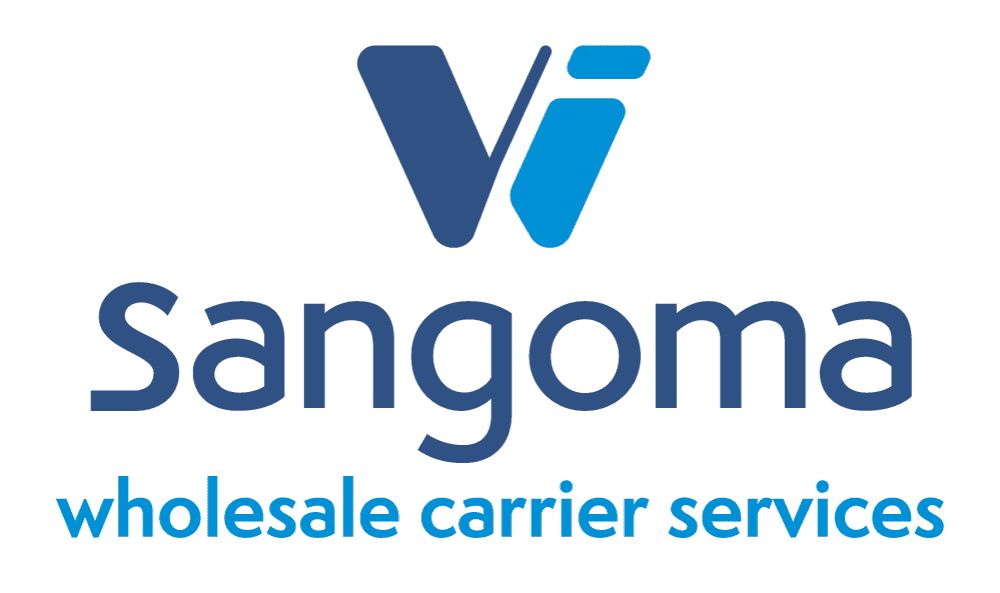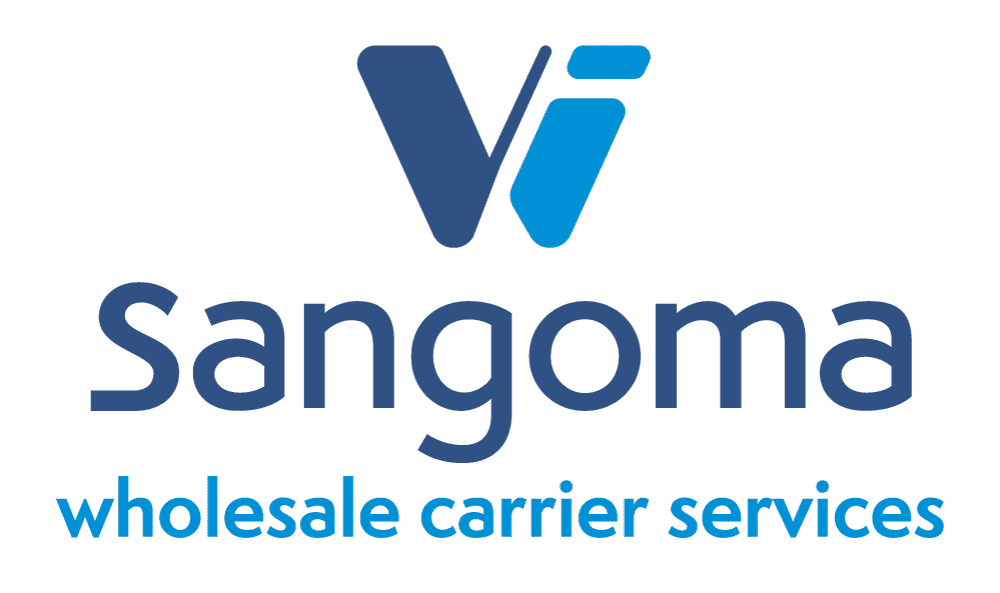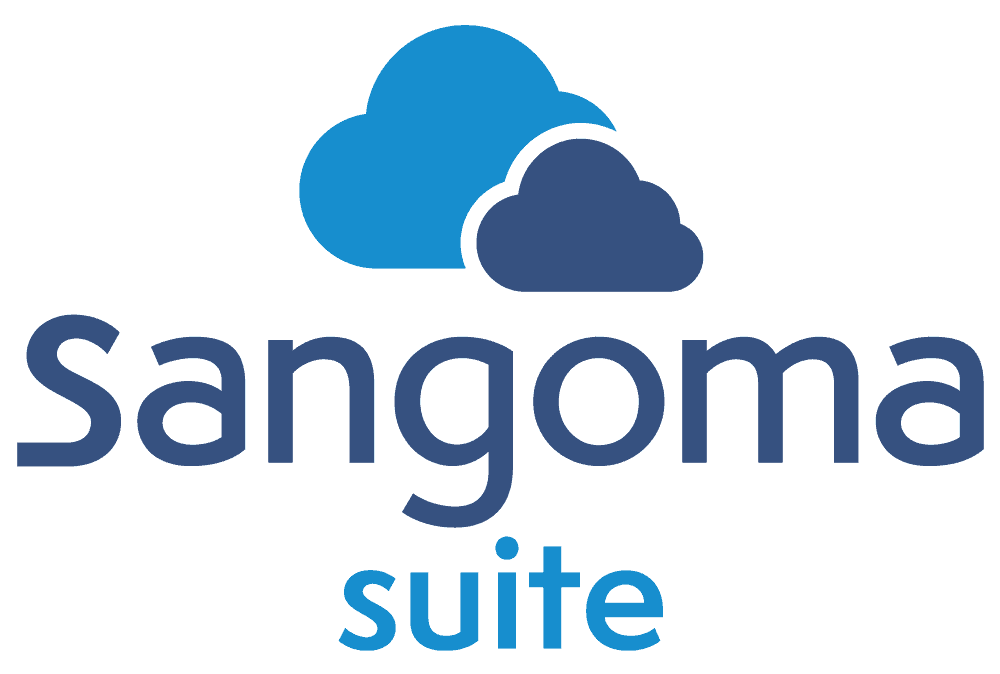The Pitfalls To Avoid In DIY SD-WAN
In our last blog we started a conversation around the advantages of Managed SD-WAN vs DIY. In this post we are continuing that discussion by outlining some of the pitfalls to avoid when attempting a DIY SD-WAN.
Overloading internal IT & Project Management Resources
Depending on the size of the business, monopolizing IT staff resources for SD-WAN deployment may not be the best use of their time when they could be focusing on more strategic efforts. Enterprise businesses may be fine as they may have an entire floor dedicated to IT/ project management resources, but for an SMB, the IT resources are much thinner. So, keeping IT resources as strategic as possible is most important here.
Inaccurate Budget & Timeline
As already discussed, there are a lot of things that need to be discovered when it comes to the implementation and post-implementation of an SD-WAN solution. When it comes to budget, there is a need to expand the focus not just on dollars but take a look at the human capital and timeline to be able to complete a deployment.
For small to medium-sized businesses, it’s beneficial to align with an experienced MSP who can deploy a dedicated team of certified and specialized network engineers that not only can set realistic expectations but can help them remain mindful of all the steps for an on-time delivery.
Overlooking/Underestimating the Complexity of Networks
The first question an executive team should ask themselves is, “Should we continue to manage our networks within?” It’s a meaningful and impactful question, especially if the business is starting to embrace hosted solutions, SaaS, or public cloud services, where the network’s complexity will change drastically.
Thinking that SD-WAN & A Network Cure-all
A major benefit of SD-WAN is that it can automatically detect link failures and seamlessly failover to a backup connection. So, if there is a failure in the primary link, a business will not notice any service disruption because it will continue to function over the failover connections. What this means is that the actual problem is never detected and resolved. For example, if the primary connection is a broadcast connection and the failover is over LTE, if the primary link fails, everything routes over to LTE and will continue to do so until the primary link failure is resolved. In this scenario, the business would be paying for increased charges since the connection remains on LTE. So SMBs may not have the capacity to maintain SD-WAN services efficiently.
Key Executive Considerations
- What are some of the key business outcomes expected from SD-WAN?
- Does the business have in-house expertise that can select & purchase, project manage, install, and manage an SD-WAN solution?
- Is managing SD-WAN in-house adding value to the business, or are there other ways?
Can the business supply helpdesk staff with 24/7/365 monitoring & support?
Many businesses run from 9-5 but want their networks to run smoothly around the clock without straining their staff.
Can the public cloud be leveraged?
Which deployment model will best support the use of SaaS and public cloud services? It’s essential to understand the different workloads and how that traffic will traverse the network for an end-user experience.
Timeline for implementation & can we meet the desired dates?
The best thing to do here is to define the desired completion dates, then work backward and develop milestones that need to be completed then be able to understand if those milestones can be completed by those desired dates.
Business Outcomes
There are 6 key outcomes for a business deploying SD-WAN:
Hard Cost Savings
SD-WAN vendors on the market typically promote the hard cost savings of their industry solution. SD-WAN saves substantial circuit costs for businesses relying on legacy circuits for their locations.
When it comes to growth enablement, how can companies rapidly deploy for new locations or new applications? Ideally, they want to reduce provisioning time and turn up services for their end users in days, not weeks or months.
Reduction of Risk & Meeting Compliance
How can a company have advanced service features to identify and respond to security threats that may become prevalent in its environment?
Business Continuity
How can companies have continuity and be able to failover to secondary and tertiary connections services in the event that their primary provider suffers an outage?
Efficiency & Productivity
This relates to the end-user experience, and they want to know that when they turn on their applications-that, they will work. It’s about understanding how a network can be designed to prioritize and shape bandwidth to support those business-critical applications.
Simplified Billing
This is an impactful value but not necessarily known upfront. There is value here in handling multiple carriers and being able to consolidate billing. For example, for nationwide businesses and all their locations, what is realized is that their back office becomes inundated. The workload sometimes becomes out of control with individual bills from many different carriers, which may require an increase in the accounting departments to handle this. So, you can consolidate the circuits, hardware, and licenses into a simple bill with SD-WAN or a managed SD-WAN solution.
So, while there are front-end needs for SD-WAN, things like simplified billing is a nice white-glove approach to SD-WAN to look out for.
Stay tuned for our next and final blog post on DIY vs a Managed approach for SD-WAN.
Or get in touch with one of our Managed SD-WAN specialists.
The post The Pitfalls To Avoid In DIY SD-WAN appeared first on Sangoma Technologies.





